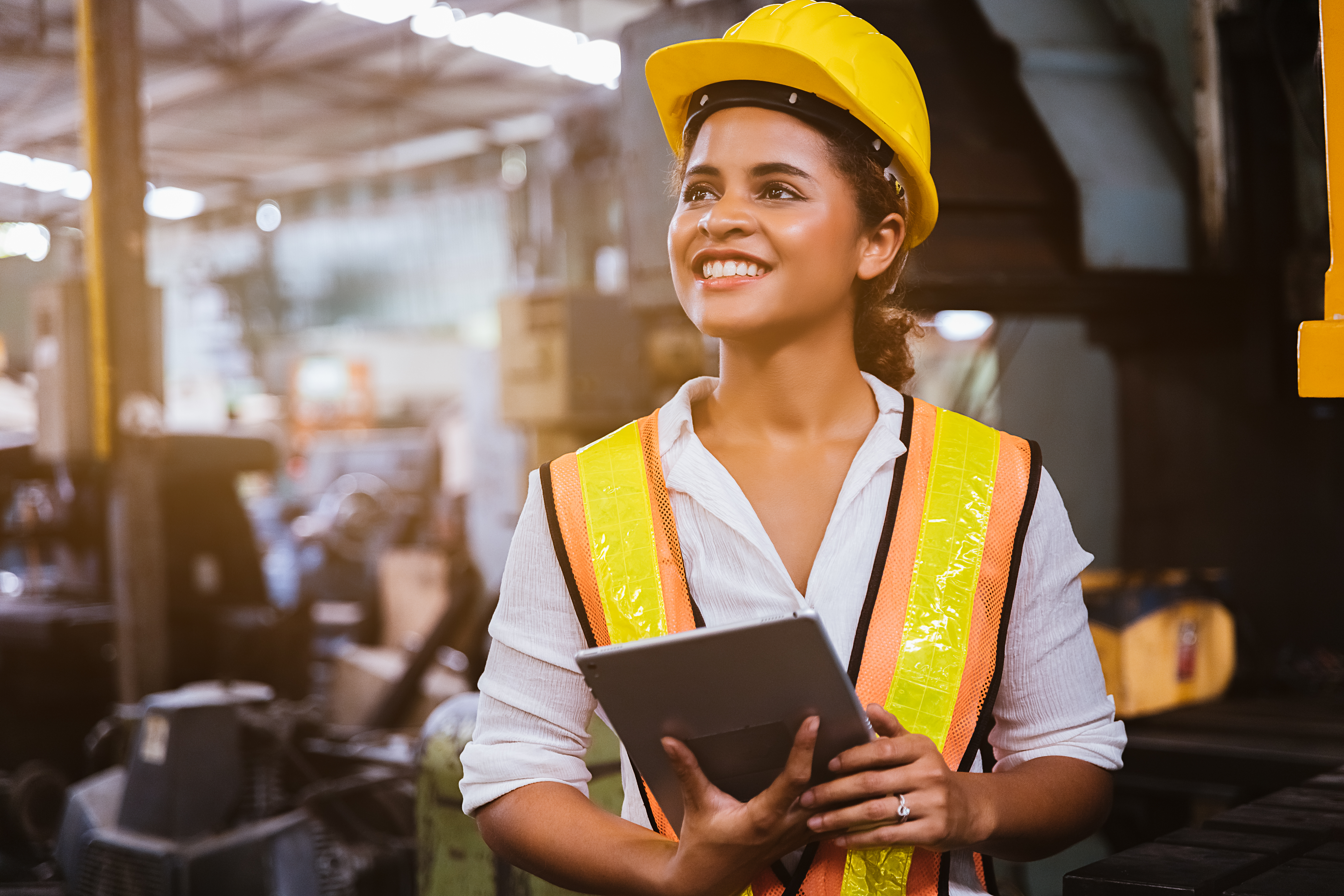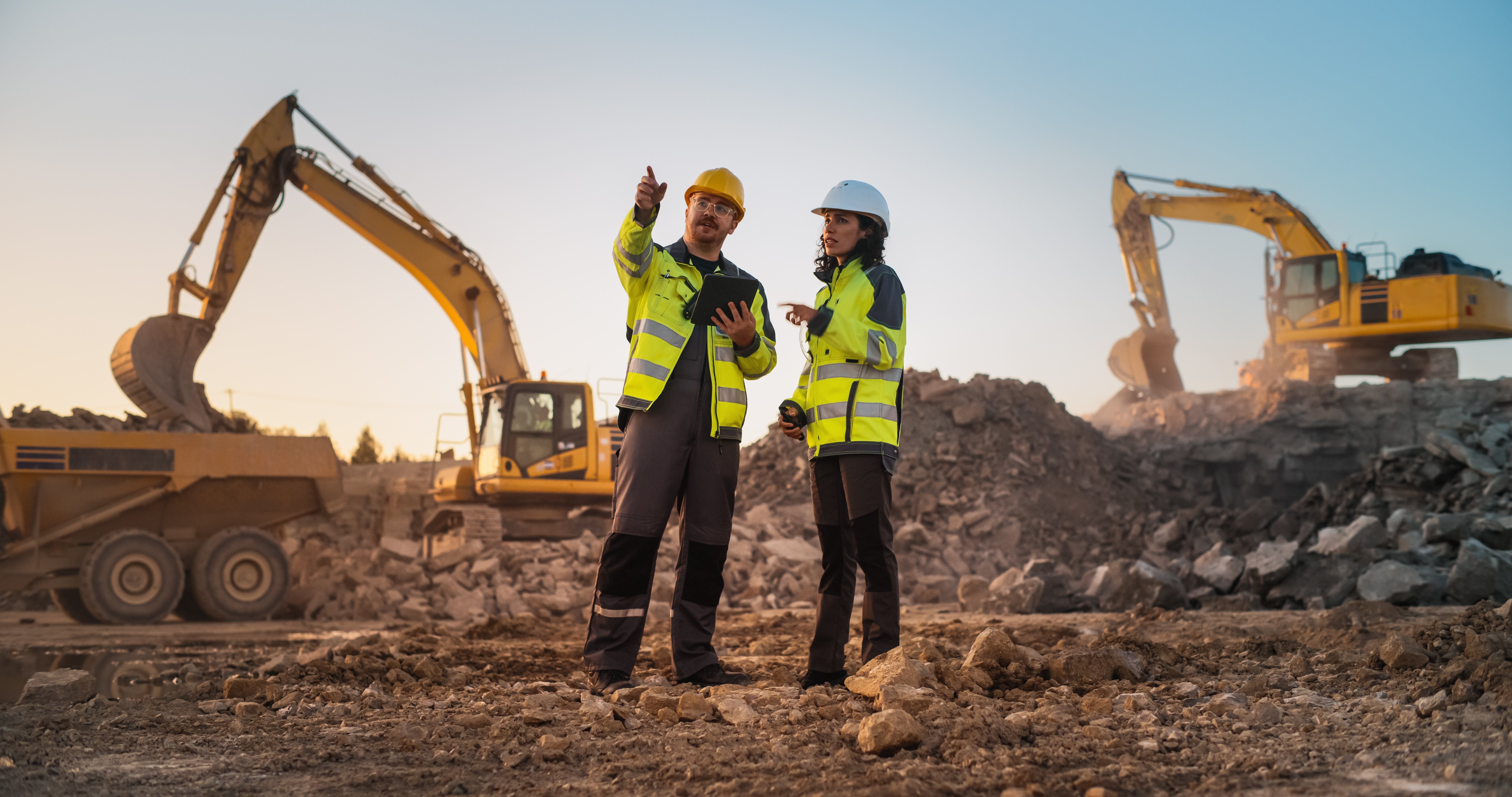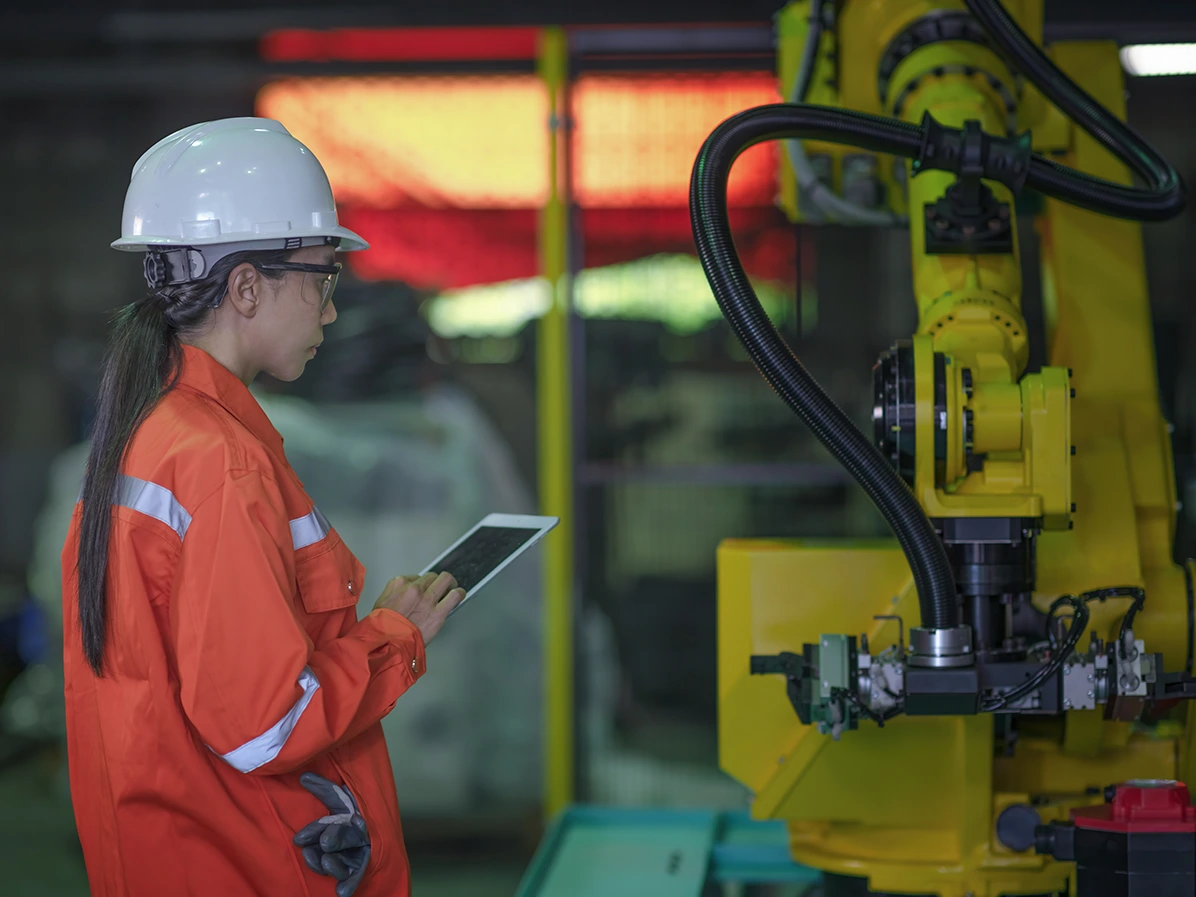Contents
Health and Safety and HR: Working Together to Create Better Workplaces
8 September 2022 - Evotix
HR plays a major role in health and safety. Traditionally, the department responsible for a business’s success and sustainability mainly oversaw the functions of recruitment and payroll. But today, that’s changing.
Since the global pandemic, HR’s core responsibility of attracting, retaining and engaging talent has become more challenging. The Great Resignation signaled that employee expectations had evolved. They wanted more than monetary compensation and they were willing to quit if it wasn’t received.
Among these new demands: a prioritization of health and safety.
The Microsoft 2022 Work Index Report stated that 18% of the workforce that quit their roles in 2021 cited imbalances in personal well-being and mental health as prime concerns in their decision-making.
Working in a safe environment helps staff feel valued by their employer. In turn, this boost to staff morale means that employees are more inclined to stay in their roles rather than shopping around for new opportunities. This is an important selling point for new hires and could be the differentiator between a business and its competitors.
HR’s duty today is to provide leadership and direction for businesses looking to make sure that everyone can work in a safe and fulfilling environment. Here are some benefits they can start to see as a result:
A more positive work environment
In addition to attracting and retaining talent, prioritizing health and safety can also improve employee engagement, and ultimately create a more attractive company culture.
Safety and employee engagement are closely linked, and improving one naturally improves the other. According to research from Gallup, key drivers of employee engagement include a sense of purpose, open conversations and dialogue and a caring team. In fact, research found that businesses in the upper quartile of employee engagement had 64% fewer safety incidents compared to those in the bottom quartile.
The good news is that safety is a great way to demonstrate care. Having a fully integrated approach to health and safety can demonstrate a care and commitment to employees that encourages them to be more engaged and proactive, building a more robust culture within the workplace.
Increased productivity
Health and safety encompasses a wide range of factors – not just physical safety, but mental well-being as well. Looking after both these facets of health and safety means employees are happy, healthy – and as a result, more productive in their work.
A recent study published by Science Direct found that employers that set policies and programs to promote worker safety, health and well-being with their direct input see large improvements in productivity and quality.
After all, if an employee is demoralized due to a recent workplace incident, nervous about getting injured on the warehouse or factory floor, and not able to look after their own well-being, it’s impossible to expect them to work to the best of their ability.
A culture of safety
Company culture is one of the key considerations for any HR team. Every business has cultural values it wants to aspire to: inclusivity, ambition, diversity, supportive, respectful, etc. How can safety feed into these?
A workplace can have strict safety rules and clear protocols on how to deal with incidents; it can have tough sanctions for those who flout them and incentives for employees who hit safety targets; but the reality is, creating an overall culture of safety is shown to have the most significant impact on reducing incidents and injuries.
This is created through a combination of workplace policies (such as the previously mentioned incentives and protocols), but also the training provided, simplified reporting processes, and the attitudes of management and HR teams in dealing with the issues.
It’s already clear the value that good health and safety can bring to an organization – now, it’s time to strengthen that across every team, and weave it into the very fabric of the company culture.
A complimentary duo
It’s clear that improving safety within the workplace brings valuable results for the HR team. Employees value health and safety practices and want to feel protected within their working environments. But how does an HR leader support frontline workers in achieving engagement and safety?
HR can become safety leaders and champions within their organizations by putting EHS at the heart of their operations. A range of EHS programs aim to equip HR with learning and development in the area, helping them recognize and mitigate hazards and risks, understand the importance of incident management and establish a reporting mindset.
When an HR team engages with health and safety, it gives them visibility over real-time data and actionable insights that enable them to quickly deal with incidents.
Ultimately, improving health and safety practices across the business will result in a number of staff benefits that will help an HR team hit its goals.
If you feel empowered to take action, sign up for our free training and learning academy and gain the valuable knowledge to lead your team to safe operations.
RELATED BLOGS

How To Boost Worker Safety and Engagement Through Tech Advancements
16 January 2024 - Evotix
Employees are the core of any business or organization, making their safety and well-being of upmost importance. It's not just about the physical safety of employees; it's about nurturing their..

What is a Permit to Work System? A Complete Guide
11 December 2024 - Evotix
Working in high-risk industries like construction, manufacturing or electrical maintenance? Then you know how crucial permit to work (PTW) systems are for safety. Known as “work authorization..

What is Risk Management Software?
1 November 2022 - Evotix
‘Risk management’ sounds deceptively simple—identify what can go wrong, figure out how to ensure it doesn’t, supress the risk. In reality, there are many types of risk that can affect an organization..